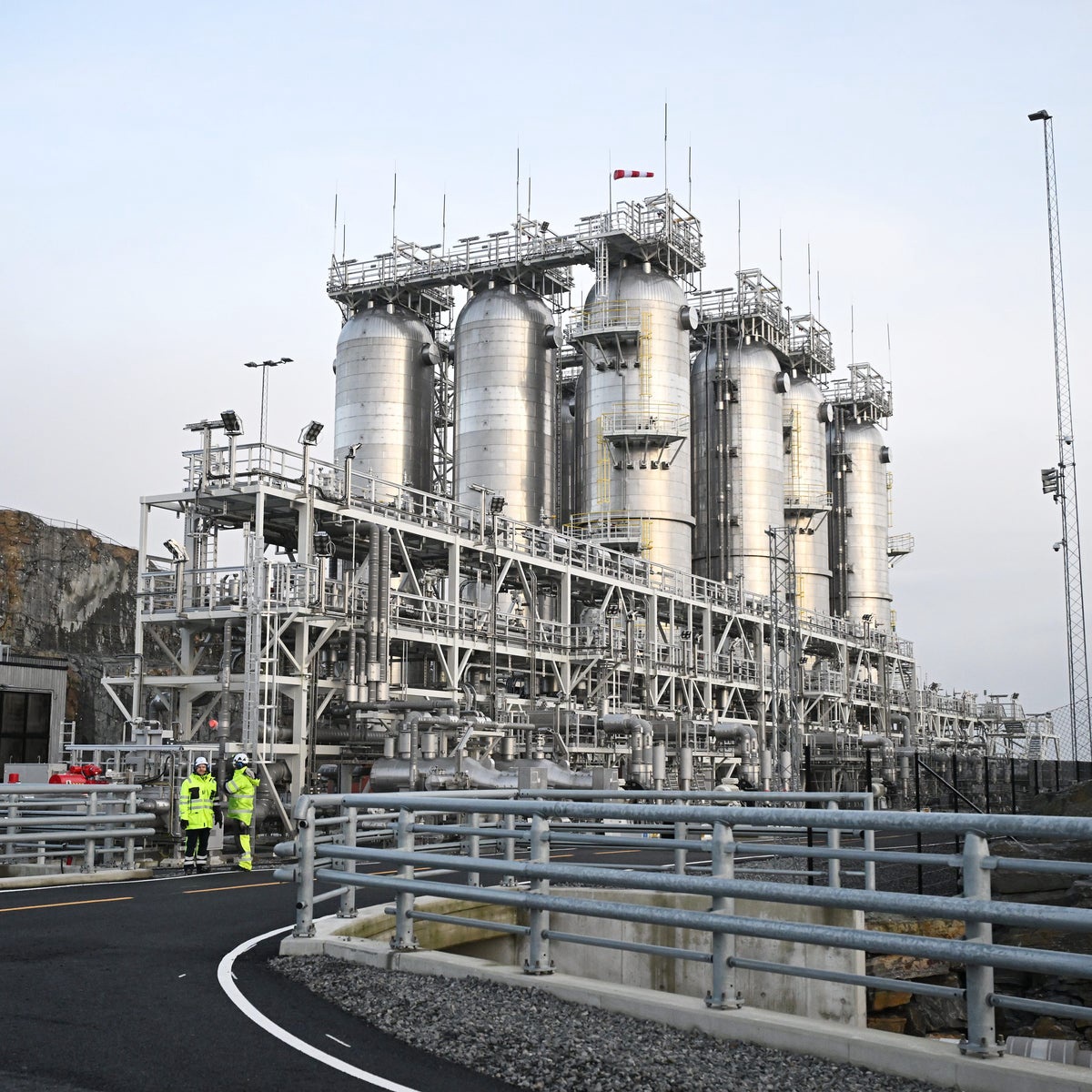Carbon capture and utilization (CCU) is the process of capturing carbon dioxide (CO2) to be recycled for further usage. Carbon capture and utilization may offer a response to the global challenge of significantly reducing greenhouse gas emissions from major stationary (industrial) emitters. CCU differs from carbon capture and storage (CCS) in that CCU does not aim nor result in permanent geological storage of carbon dioxide. Instead, CCU aims to convert the captured carbon dioxide into more valuable substances or products; such as plastics, concrete or biofuel; while retaining the carbon neutrality of the production processes. Captured CO2 can be converted to several products: one group being alcohols, such as methanol, to use as biofuels and other alternative and renewable sources of energy. Other commercial products include plastics, concrete and reactants for various chemical synthesis. Although CCU does not result in a net carbon positive to the atmosphere, there are several important considerations to be taken into account. Because CO2 is a thermodynamically stable form of carbon manufacturing products from it is energy intensive. The availability of other raw materials to create a product should also be considered before investing in CCU. Considering the different potential options for capture and utilization, research suggests that those involving chemicals, fuels and microalgae have limited potential for CO2 removal, while those that involve construction materials and agricultural use can be more effective. The profitability of CCU depends partly on the carbon price of CO2 being released into the atmosphere. From Wikipedia


